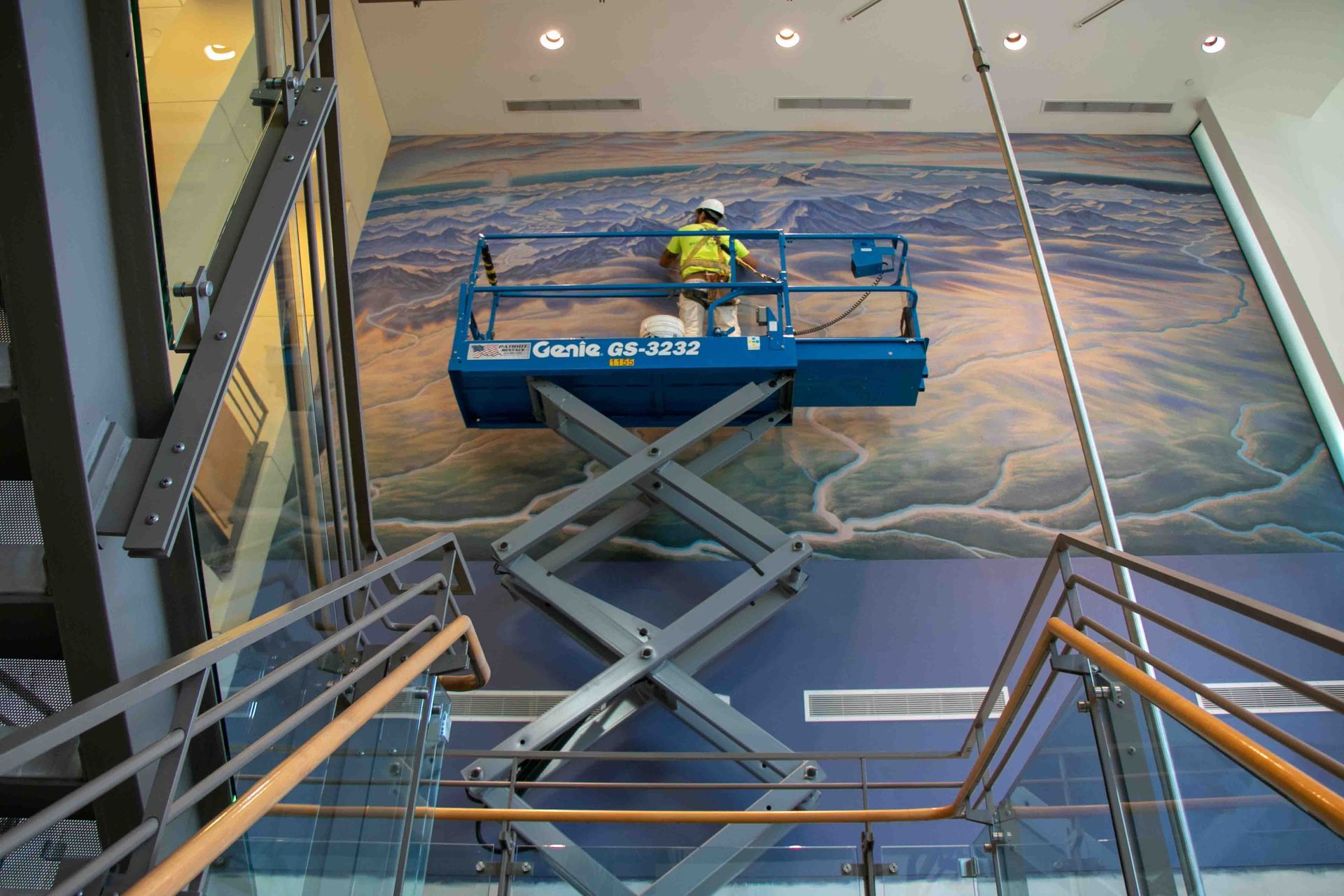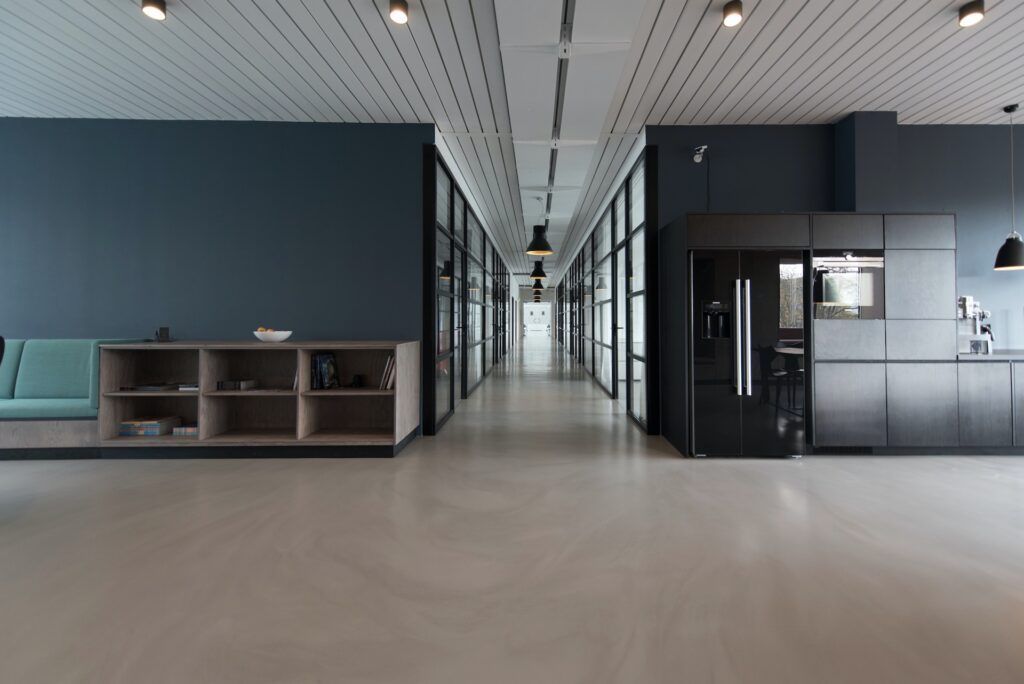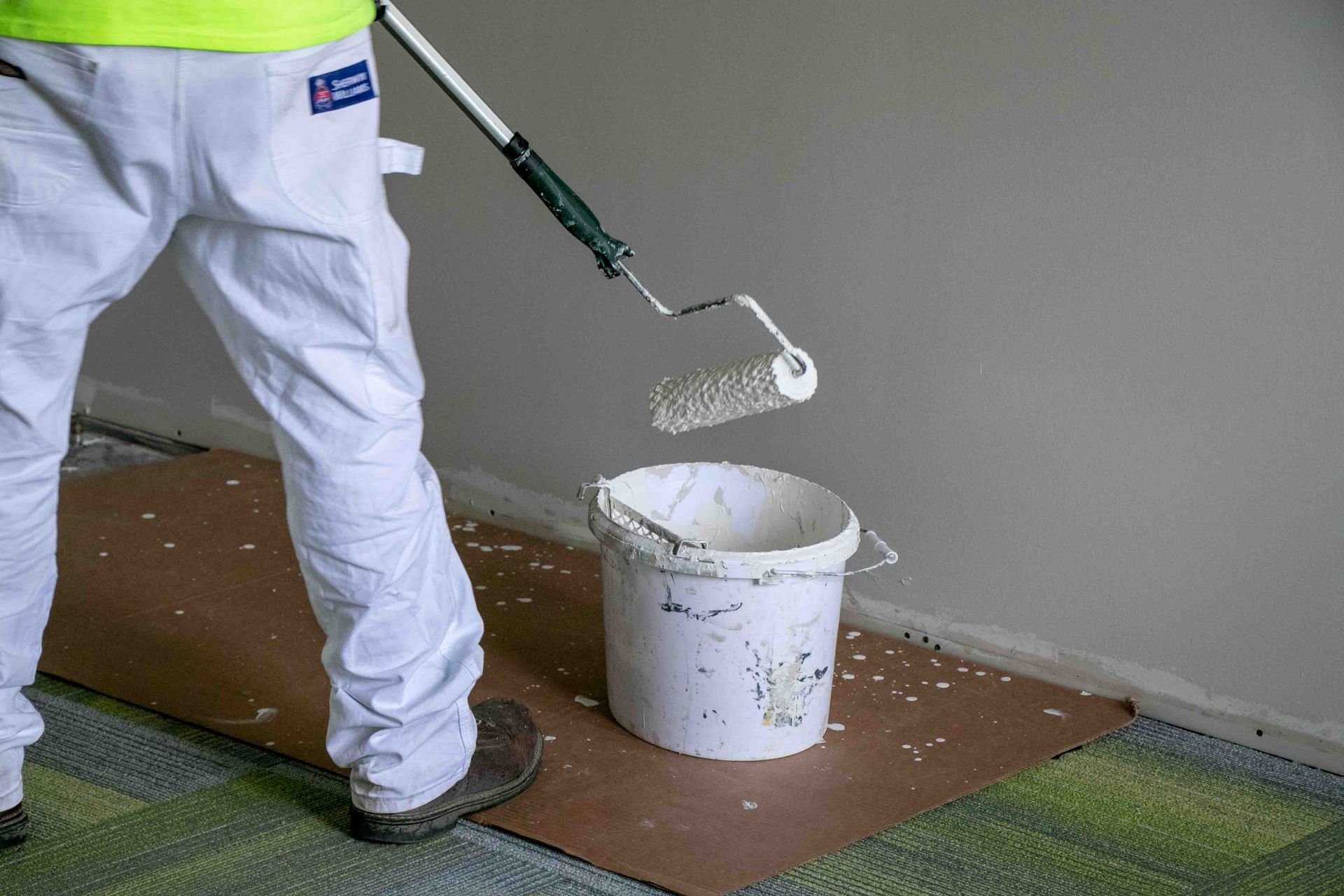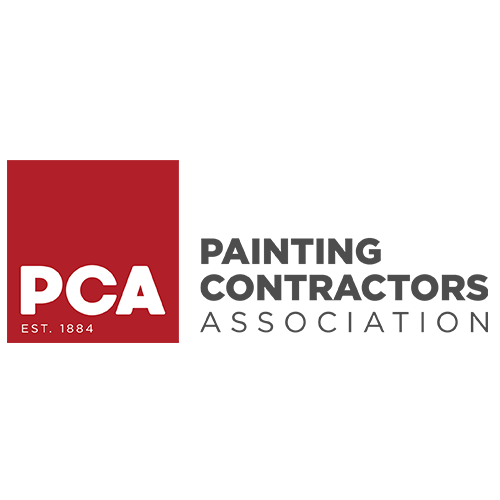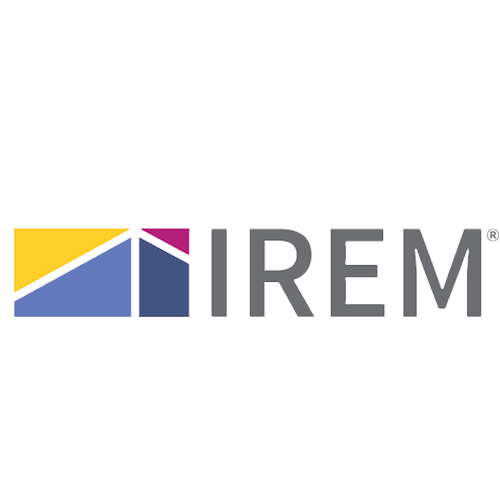When it comes to choosing paint for many commercial buildings, aesthetics and protection of surfaces are often the biggest considerations. However, when it comes to painting healthcare facilities, there are many other elements in play to help keep patients and providers safe and healthy. Don’t make any decisions about the paint in your healthcare facility without thinking about these factors.
The psychological impact of paint colors for Painting Healthcare Facilities
When patients enter your building, they’re doing so to seek care and may be experiencing a range of emotions. The color palette in your facility should help put them at ease and make them comfortable — from the lobby to the patient rooms and everything in between. The psychology of color is nothing new; the hues you choose can make a lasting impact on both patients and clinicians.
Think carefully about the services your facility provides. Emergency rooms, for example, will want to use soothing shades of blue that have been proven to lower blood pressure and keep patients calm in the face of danger. On the other hand, physical therapy practices can revitalize and motivate patients with a bolder color like red (but remember not to overdo it).
Consider branding as well. What colors do you use in your marketing material? While they may not be appropriate for the walls of your healthcare facility, it’s important to work with a commercial painting team that can offer complementary color suggestions that help support brand cohesion and help patients make a connection between your providers and the facility where they work.
Another advantage of working with an experienced commercial painting contractor? They’re up-to-date on the trends that help healthcare facilities and their patients thrive. Biophilic design is one of those trends; it’s the concept of bringing nature indoors to help promote faster patient healing and reduced healthcare provider burnout. Choose colors that echo the world we see outdoors or think about adding a wall covering with images that soothe and relax anxious patients and overworked doctors and nurses.
The impact of paint on health and safety
Hospital-acquired infections (HAIs) are on the rise, with over 1.7 million cases reported annually in the US alone. Healthcare providers are looking at this problem from all angles, and while improved hand-washing and optimized commercial cleaning strategies are two of the ways to reduce these cases, walls and paint are often overlooked as contributors to HAIs.
If your healthcare facility hasn’t been painted or renovated in a while, the paint may not be antimicrobial, and there could be harmful mold and bacteria growing on the walls. Whether you’re refreshing the paint or building a facility from the ground up, talk to us about using paint with Microban technology. Microban paint contains embedded antimicrobials that can fight the growth of dangerous bacteria like E. coli and staph.
Along with using antimicrobial paint, you should also be using no-VOC paint treatments. Volatile organic compounds (VOCs) are chemicals found in building materials — including paint. These compounds can be harmful to those who spend extended amounts of time in facilities that use building materials containing VOCs.
For patients whose immune systems are already compromised, using no-VOC paint can dramatically increase their healing process. VOCs can cause several health problems: Breathing problems, dizziness, headaches, and memory impairment to name a few.
Recent changes to the Patient Protection and Affordable Care Act (PPACA) require healthcare facilities to provide a safe and healthy healing environment for patients. Facility decision-makers must make careful choices when it comes to interior design to optimize patient experience, something that can make or break their satisfaction with a provider.
The right paint choice can improve continence in high-traffic areas, help boost indoor air quality, and improve wayfinding and navigation for patients and providers, among other numerous benefits. All of these can vastly increase patient satisfaction, which will then help your healthcare facility score high marks and make patients loyal to your providers. This is increasingly important when there’s a growing competitive market due to the ACA and the ability for patients to choose where they can receive healthcare.
Before choosing just any paint for your hospital or healthcare practice facility, consult a team of commercial painters ( like SmithPro Commercial Painting ) with experience in this industry. Not all paint is created equal, and we have the tools and resources to understand how to complete your healthcare facility painting project on time and on budget while also following health and safety guidelines.


